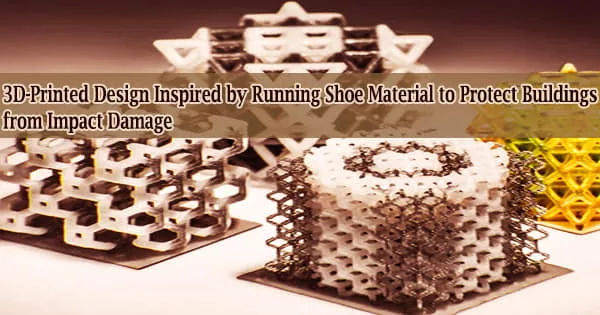Nikola Tesla invented the Tesla coil, which is an electrical resonant transformer circuit, about 1891. It is used to generate high-voltage, low-current, high-frequency alternating current power. It is used to generate high-voltage, low-current, high-frequency alternating current power. Tesla experimented with a variety of setups involving two, or sometimes three, connected resonant electric circuits. Tesla coils are widely utilized in educational displays, entertainment, and even practical uses such as wireless power transmission.
Tesla used these circuits to conduct groundbreaking experiments in electrical lighting, phosphorescence, X-ray emission, high-frequency alternating current phenomena, electrotherapy, and wireless electrical energy transmission. Tesla coil circuits were employed commercially in spark-gap radio transmitters for wireless telegraphy until the 1920s, as well as in medical equipment like electrotherapy and violet ray devices. Today, their primary application is for entertainment and instructional displays, while small coils are still utilized as leak detectors in high-vacuum systems.
There are two main types of Tesla coils: the traditional spark gap Tesla coil and the solid-state Tesla coil.
- Spark Gap Tesla Coil (SGTC): This type of Tesla coil uses a spark gap to switch the primary current on and off, creating pulses of high voltage in the secondary coil. The primary coil is typically driven by a high-voltage, high-current power source, while the secondary coil generates the high voltage output. These coils produce impressive lightning-like sparks and are often used for demonstrations and entertainment purposes.
- Solid-State Tesla Coil (SSTC): Solid-state Tesla coils use electronic switches such as transistors instead of spark gaps to control the primary current. They are more efficient and easier to control compared to spark gap coils. Solid-state Tesla coils are often smaller and quieter, making them suitable for various applications including wireless power transmission experiments and musical Tesla coils.
Applications
Tesla coils originally used fixed or rotary spark gaps to produce intermittent excitation of the resonant circuit; however, electronic devices are now used to generate the required switching action.
Tesla coils have grown in popularity among hobbyists due to their unique electrical phenomena, such as the capacity to generate extended electrical discharges, wirelessly light fluorescent tubes, and create amazing visual and auditory effects during musical Tesla coil concerts. Tesla coils have also helped to develop wireless power transmission studies and inspired innovations in a variety of scientific and engineering sectors.















